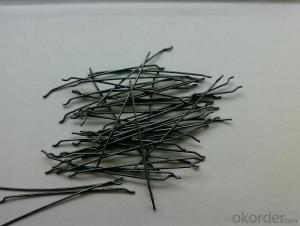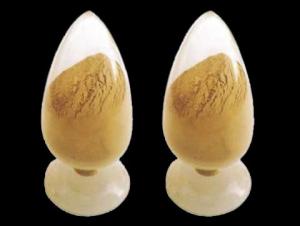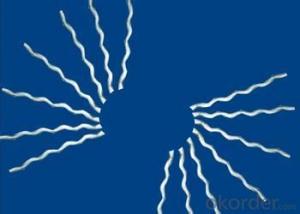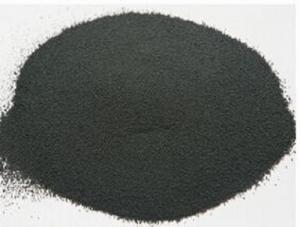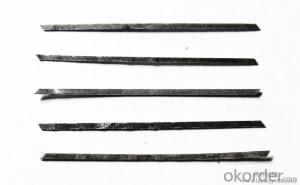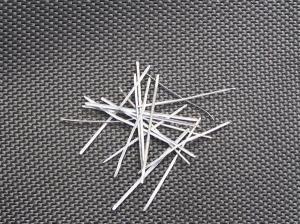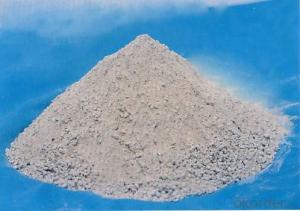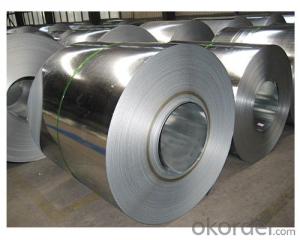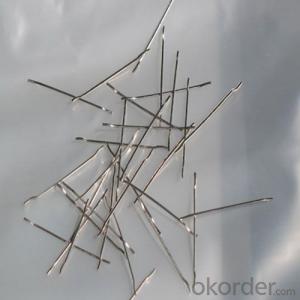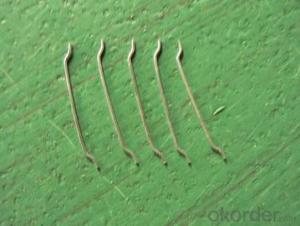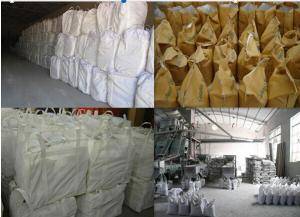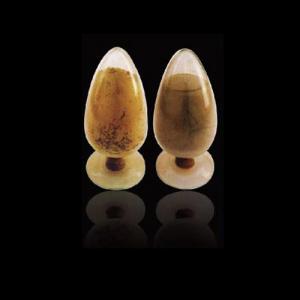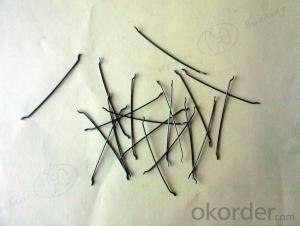All Categories
- - Steel Wire Rod
- - Steel Coils
- - Steel Profiles
- - Steel Pipes
- - Stainless Steel
- - Tinplate
- - Special Steel
- - Steel Sheets
- - Steel Rebars
- - Steel Strips
- - Hot Rolled Steel
- - Cold Rolled Steel
- - Pre-painted Steel
- - Seamless Steel Pipe
- - Welded Steel Pipe
- - Hollow Steel Tubes
- - Galvanized Pipe
- - Stainless Steel Coil
- - Stainless Steel Sheet
- - Stainless Steel Plate
- - Stainless Steel Strips
- - Electrolytic Tinplate Coil
- - Electrolytic Tinplate Sheet
- - Stainless Steel Rebars
- - Solar Panels
- - Solar Water Heater
- - Solar Related Products
- - Solar Inverter
- - Solar Cells
- - Solar Light
- - Solar Energy Systems
- - Solar Controllers
- - Solar Mounting System
- - Solar Pump
- - Solar Chargers
- - Fiberglass Chopped Strand
- - Fiberglass Mesh Cloth
- - Composite Pipes
- - FRP Pultrusion Profiles
- - Fiberglass Mat Tissue
- - Fiberglass Fabrics
- - Fiberglass Mesh
- - Composite Tank
- - Fiberglass Mesh tape
- - Polymer
- - FRP Roofing Panel
- - Fiberglass Roving
- - Monolithic Refractories
- - Ceramic Fiber Products
- - Refractory Bricks
- - Raw Materials For Refractory
- - Suspended Platform
- - Cranes
- - Concrete Machinery
- - Earthmoving Machinery
- - Building Hoist
- - Road Building Machinery
- - Plastic Pipe Fittings
- - Plastic Tubes
- - Plastic Sheets
- - Agricultural Plastic Products
- - Plastic Nets
Q & A
Can monolithic refractories be used for lining EAF sidewalls?
Yes, monolithic refractories can be used for lining Electric Arc Furnace (EAF) sidewalls. Monolithic refractories are suitable for various applications, including high-temperature environments like EAFs. They can provide excellent thermal insulation, erosion resistance, and can be easily installed in complex shapes, making them suitable for lining sidewalls and other parts of the furnace.
Can monolithic refractories withstand thermal shock?
Yes, monolithic refractories are designed to withstand thermal shock. They are engineered to have excellent thermal shock resistance, allowing them to withstand rapid changes in temperature without cracking or spalling. This property makes monolithic refractories a preferred choice for applications where thermal cycling or sudden temperature fluctuations occur.
How do monolithic refractories provide resistance to thermal shock in glass tempering furnaces?
Monolithic refractories provide resistance to thermal shock in glass tempering furnaces by being able to withstand rapid and extreme temperature changes without cracking or breaking. The material used in monolithic refractories has high thermal conductivity and low thermal expansion, which allows it to distribute and absorb heat more efficiently. This enables the refractory lining to effectively handle the thermal stresses caused by the heating and cooling cycles in glass tempering furnaces, ensuring the performance and durability of the furnace.
What are the recommended curing conditions for monolithic refractories?
The recommended curing conditions for monolithic refractories typically involve a slow and controlled drying process to ensure optimum performance and durability. This process usually includes gradually increasing the temperature at a rate of 50-100°C per hour until reaching a target temperature, which may vary depending on the specific refractory material. The curing process is typically followed by a holding period at the target temperature for a sufficient duration to allow for complete moisture removal and chemical bonding. It is important to follow the manufacturer's guidelines and consult with experts to ensure proper curing conditions are met for each specific monolithic refractory application.
How do monolithic refractories handle high-temperature slag attack?
Monolithic refractories are designed to withstand high-temperature slag attack through their chemical composition and physical properties. They are made of materials that have high melting points and are resistant to chemical reactions with slag. Additionally, monolithic refractories have good thermal shock resistance, allowing them to maintain their integrity even when exposed to rapid temperature changes caused by slag attack.
Wholesale Monolithic Refractories from supplier in South Korea
We are a Monolithic Refractories supplier serving the South Korea, mainly engaged in the sale, quotation, and technical support services of various Monolithic Refractories products in the South Korea region. We are a subsidiary platform of the Fortune Global 500 company CNBM, able to provide you with one-stop Monolithic Refractories procurement services in the South Korea. Not only do we have a wide range of Monolithic Refractories products, but after years of market development in the South Korea, we can also provide valuable experience for your projects.
Hot Search
- Monolithic Refractories in Morocco
- Ceramic Fiber Products in Guyana
- Refractory Bricks in India
- Raw Materials For Refractory in Israel
- Ceramic Fiber Products in Bulgaria
- Refractory Bricks in Netherlands
- Ceramic Fiber Products in Canada
- Monolithic Refractories in Tunisia
- Raw Materials For Refractory in Kiribati
- Refractory Bricks in Laos

